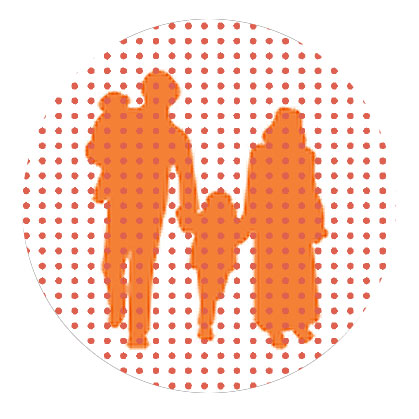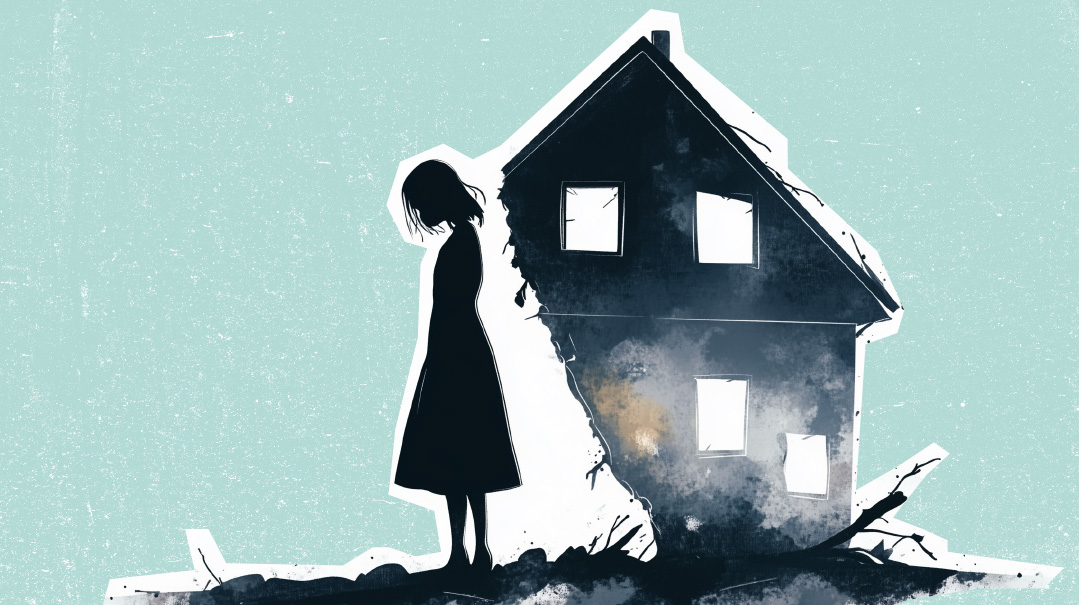“My Four-Year-Old Hits and Bites”

“You note that not only is your strategy not working, but the behavior is actually getting worse!”

Q
My almost four-year-old recently started hitting and biting me when things don’t go his way.
We’re quite at a loss as to how to deal with it. So far either my husband or I will put him in his room and hold the door closed for a couple of minutes while he screams. Then we’ll ask if he’s ready to say sorry and let him come out if he does.
I’m wondering if this is the right mehalech, as it seems to be getting worse. Is this just normal little-kid behavior, which will b’ezras Hashem get better as he matures? I’d truly appreciate hearing your take on this.
A
This common problem is normal in small kids, but that doesn’t mean we should ignore it. Although some inappropriate behaviors do disappear on their own, most get entrenched due to the wiring-in effect of practice. That is to say, when a child repeats a behavior over and over again, the neural pathway for that behavior becomes strengthened. The child gets better at anything he practices, including inappropriate behaviors.
As you know, we use practice intentionally in order to learn new skills. Therefore, ignoring a behavior while waiting for a child to grow out of it simply ensures an awful lot of practice of behaviors we don’t like! More practice at hitting and biting yields more hitting and biting.
I like the fact that you noticed that your current strategy isn’t working. This sort of evaluation is absolutely necessary when designing remedial interventions for problem behaviors. Ideally, we use an intervention three to five times, and if there isn’t improvement, we switch to something different. You note that not only is your strategy not working, but the behavior is actually getting worse! So yes, stop doing what you’re doing!
Here are a couple of thoughts about your current strategy of putting your son in his room, holding the door shut, and asking for an apology. Although these are all commonly employed parenting techniques aimed at helping a child improve his behavior, none of them have anything to do with how the brain learns and produces new behaviors. In fact, you might notice that the new behavior — that is, the behavior you want from him when things don’t go his way — isn’t mentioned anywhere in your parenting intervention.
Does he even know what it is? Do you? Pause here for a moment and reflect: What is it that you want him to do and say exactly, when he can’t have what he wants? Write that down right now. (Hint: Be sure that what you’re asking for here is something that an average, decently behaved four-year-old would do in real life if he didn’t get what he wanted. Unfortunately, when asked this question, many parents offer up a behavior that no real child would ever use in real life. So please don’t suggest he say something like, “I understand and appreciate your proactive and protective parenting strategies, Mom,” and then gleefully bounce out of the room!)
Note, too, that the most that punishment can do is help a child know what you don’t want. Punishment doesn’t teach the child what you do want (which we will call your Target Behavior). Moreover, punishment has many possible negative side effects, one of which is actually increasing problematic behavior (as you can already attest to). Your correct goal is to teach your child the “Target Behavior” rather than simply punish or reprimand him for doing the wrong behavior. In this particular case, the “Target Behavior” is what you wrote down above — what you want him to say and do when he doesn’t get what he wants. Show him what this looks and sounds like.
Now — so that his brain can watch and create a neural pathway for this new, desirable behavior — get him to do it. This will build the first new wire for the desirable behavior. Practice will add many more. The new behavior is learned (installed in the brain) only by doing it.
Now, this new neural pathway will have to compete with the one your youngster has been practicing till now (hitting and biting). You’ll need to rapidly add more wires to the new pathway but this is easy to do once the pathway has been created. Simply pay attention to the network — interact with your child when he performs the new appropriate behavior (i.e., praise him, acknowledge what he’s doing, reward him, etc.). You can learn more details about this technique from the book I wrote about it called, Better Behavior Now! by Menucha Publishers.
Meanwhile, stop talking to him about his aggressive behavior, stop attending to it with punishment and apologies. Teach him what you want him to do, make him practice it, and give plenty of positive attention to him for his efforts.
(Originally featured in Family First, Issue 908)
Oops! We could not locate your form.





